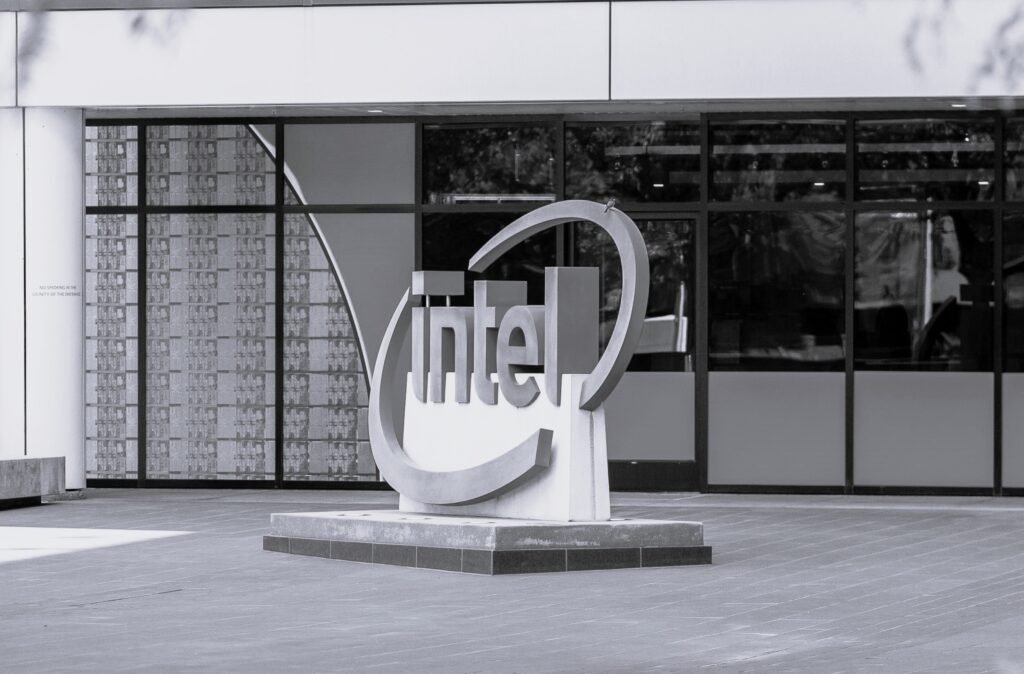The semiconductor industry is in turmoil once again. Intel Corporation, a major name in chipmaking, is planning to cut more than 20% of its workforce in 2025. This news has come from a Bloomberg report, which says that these layoffs are part of a major restructuring led by new CEO Lip-Bu Tan. So let’s look at this news a little closely and understand what it means for the VLSI industry and engineers.
Intel’s Restructuring Plan: What is the Strategy?
Intel, once the world leader in chipmaking, is now struggling against financial pressures and competition. New CEO Lip-Bu Tan, who takes over the company in March 2025, is trying to bring back an engineering-driven culture. To do this, he wants to streamline management and eliminate bureaucracy. According to Bloomberg, Intel could cut almost 21,000 jobs from its about 108,900 employees. These layoffs could be announced in this week’s Q1 earnings call.
This is not the first time Intel has made layoffs. 15,000 jobs were cut in 2024, and the workforce was also reduced significantly in 2023. Tan’s focus is now on core business areas such as advanced chip design and manufacturing. Less profitable ventures are being scaled back, such as selling 51% stake of Altera unit to Silver Lake Management.
Reference: Bloomberg, “Intel to Announce Plans This Week to Cut Over 20% of Staff“
Impact on Semiconductor Industry
Intel’s layoffs will impact not just employees but the entire semiconductor ecosystem. Oregon, where Intel has its largest operating hub, employs 20,000 workers. These layoffs could affect the local economy and the semiconductor supply chain. In addition, the Trump administration’s trade war and retaliatory tariffs could increase the cost of Intel’s US-made chips, which will further toughen market competition.
Reference: OregonLive, “Intel’s New CEO Plans to Cut Another 20% of Its Jobs“

Implications for VLSI Professionals
This can be a challenging time for VLSI professionals, but it also holds new opportunities:
- Embedded skill set: Even today, the semiconductor industry struggle to find candidates who are good in both hardware and software. People, who would master both the fields can increase their value a lot in the industry.
- AI and ML Integration: The integration of AI and ML in VLSI design is increasing. Generative AI has already started important role in both design and EDA industries. Professionals should gain expertise in these technologies.
Discover more from VLSIFacts
Subscribe to get the latest posts sent to your email.